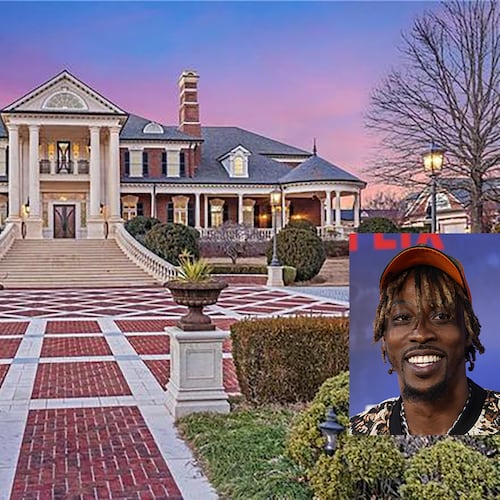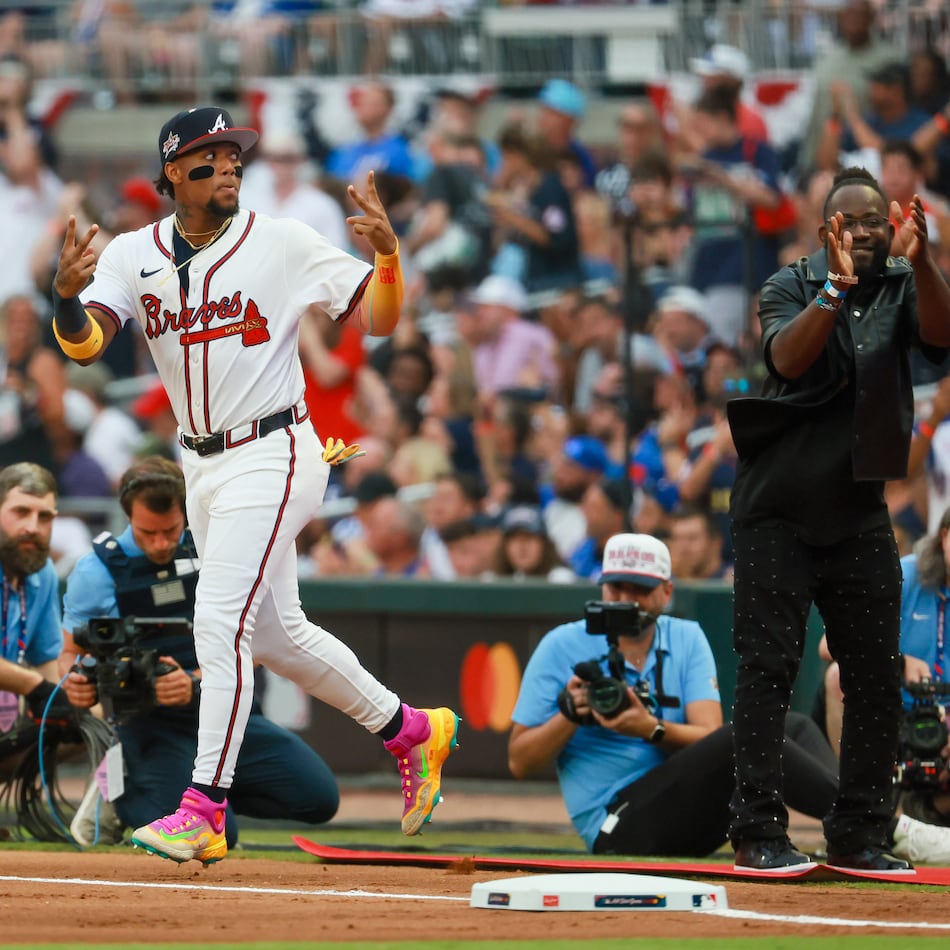"After I finish with you, I'm putting on my sneakers and going to the studio," Peter Max said from his New York home. "I'm going to paint all day."
A painter whose cosmic pop art helped define the peace-and-love 1960s — he's even credited with coining "Be-In" for a gathering of humanity for humanity's sake — Max, at 70, is still working.
With a staff of 90 at his studio across from Lincoln Center, he said of his daily routine, "The majority of my time is at the easel, though sometimes I sign posters, go into meetings with museum directors — all the stuff that surrounds the life of Peter Max."
Call him Max Inc. He arrives in Atlanta Saturday for a retrospective of his work at the Wentworth galleries at Phipps Plaza and Perimeter Mall. We talked with him recently from his home.
You're credited with capturing the Zeitgeist of the 1960s. How'd that happen?
My art probably fit a moment in the '60s. In 1967, for instance, when a whole cultural revolution was going on, I went to Paris and got to meet a swami from India. I loved the guy and thought, "This is what America needs" and I brought him to America, to my home. This is a year before George Harrison fell in love with the maharishi. I had the same experience. I loved him for his wisdom. ... Then a part of me came out in my art.
How was the art world you came into in the '60s different than the art world of your predecessors?
I had a new palette available to me. When Toulouse-Lautrec and those guys were around, they had their studios and their galleries. When Peter Max came around 70 or 80 years later, he had Life magazine and TV shows and was able to do posters. I was able to put my art into the mass media. My canvas changed. Where the Lautrecs and Rembrandts literally had a cloth canvas, my canvas became television shows and magazines.
How does a pop artist stay relevant in a popular culture that's always changing?
I'm so tuned in to the day to day, where we are, where we're going. I love the planet, I love art, I love color, I love creativity. Everything is creative. Every couch you see, all the cars in the street, the new diets, the new paradigms we live by — everything's creative. You and me and everybody, we're all little tiny creatives. We kind of fulfill the big picture.
Was Warhol an influence?
Warhol was a friend. We hung around together. When he did portraits, I did the same portraits. We influenced each other, we were contemporaries, though he came on the scene about 10 years before me. I remember going to a Warhol show when I was a student. I remember [Warhol associate] Gerry Malanga stood on a crate and read some far-out poetry.
You've appropriated popular images of presidents for your art in the past. You even painted 44 images of Barack Obama from two photographs. What do you make of the dustup over Shepard Fairey's use of an Associated Press photograph for his famous Obama image?
These things happen. Fairey is an artist, he was touched by Obama and painted him. I thought he did a great job. I don't know what's going to happen with it. I say, "Let it go."
Has your art changed since the '60s?
My art evolves all the time. When I'm going to be painting today, for sure it will be different than it was last April, and much different than it was three years before that.
Will your legacy be in the art world or the world of pop culture?
I don't think that way. I'm just wowed by the universe. I'm just glad to do something I love to do. I love color, I love painting, I love shapes, I love composition, I love the people around me. I'm adoring it all. My legacy is in the hands of other people.
About the Author
The Latest
Featured

